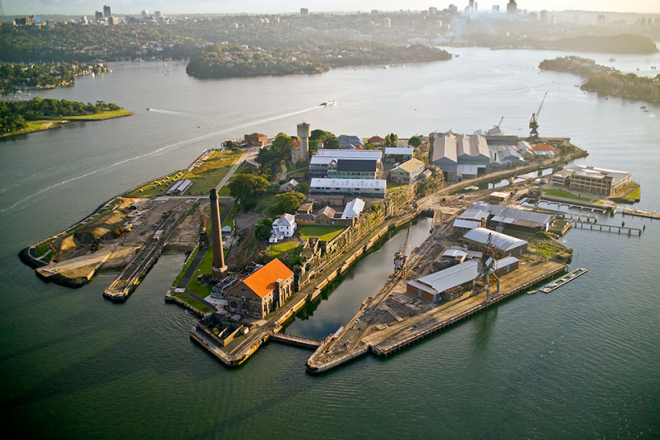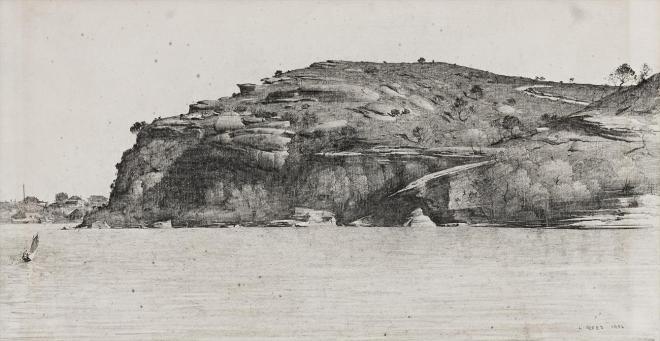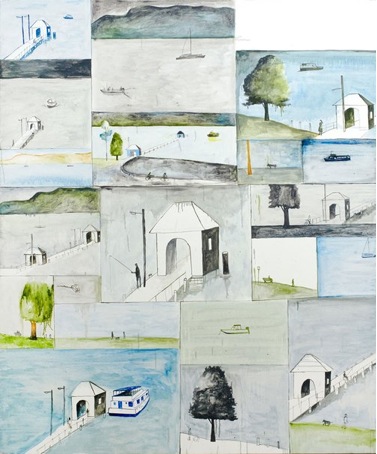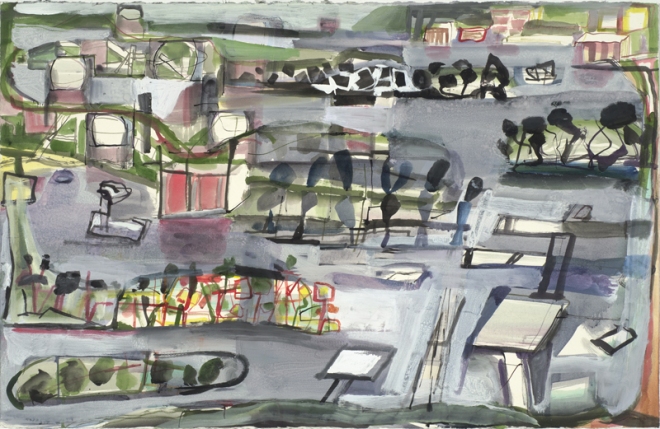BOOK HERE


Lecturers: Joe Frost and Noel Thurgate
Location: Cockatoo Island
This workshop will be based on Cockatoo Island for four days, commuting via the ferry from Circular Quay.
Cockatoo Island, known by the Eora people as Wareamah, is a fascinating environment to experience and to draw. The largest of Sydney Harbour’s islands, it was originally forested and was used by colonists as a dock and a prison, before being comprehensively re-shaped as a commercial and naval shipyard in the twentieth century. Today it is accessible to the public as a heritage and entertainment precinct.
Its dramatic visual contrasts offer exciting possibilities in drawing: natural features beside industrial forms; massive planes and volumes containing fine detail; interior spaces opening onto the expanse of the Harbour. You might interpret these through keenly observed representation, or a ‘system of equivalents’ that evokes an abstract sense of place.
Give yourself time on the first morning to walk around and see what the Island offers. Small drawings done with a simple medium are a logical first response, until you identify something that interests you.

These are some ways of looking that the Island environment might invite:
* Looking over a foreground to a space beyond
* Staying close to peer at a small detail
* Following a line to its very end
* Looking while walking, drawing as you go
* Turning your head – left, middle, right – to scan a panorama
* Looking up, looking down in a vertical movement
* Glancing briefly, then drawing
* Noticing curves / noticing straights
* Standing outside looking in / standing inside looking out
* Looking into the light
* Turning your back on the subject to work from memory or imagination
As the week progresses and you have identified a subject and process that enables you to ‘dig deeper’ into drawing, you may settle for longer and work towards a more sustained drawing or group of drawings.


Materials: You should have a kit of materials, which could include the following dry materials: graphite pencil, graphite stick, charcoal, pastel, coloured pencil; and wet materials: you could bring black ink with brushes and/or nibs, pens, watercolour, coloured ink, gouache.
Paper: your choice of paper will depend on what you want to do. It’s possible to begin with inexpensive, small sheets of paper, but if your medium and image requires watercolour paper or a heavier support, be prepared to bring it to the Island. You could explore non-standard formats such as the square, circle or panoramas. You might want to work on canvas or plastic or cloth, you might want to try completely unconventional materials. Just remember it will have to be transported on the ferry.
Getting to the island: Sydney Ferries run regular ferries from Circular Quay to Cockatoo Island.
We will catch the 9:07am ferry (arriving on the Island at 9:28am). This ferry also picks up passengers from Barangaroo ferry wharf at 9:18am.
In the afternoon we will depart from the Island at 4:13pm, returning to Circular Quay at 4:34pm.
Staying on the Island: Camping is offered on the Island. If you wish to stay overnight, prices and information may be found here.
Lecturers:
Joe Frost
The continuing concern in Joe Frost’s work over twenty years of exhibiting has been to picture contemporary urban life. His work has its origins in the genres of landscape, still life and the figure composition but his method has evolved towards a form of improvisation in which the representation of a subject – sometimes places, sometimes groupings of human figures in the city environment – occurs through the synthesis of abstract elements.

Noel Thurgate
Noel Thurgate has over 30 years’ experience exhibiting and teaching, including nine years as head of drawing at the National Art School, Sydney. He approaches landscape, figure and portrait subjects with a dynamic, exploratory approach to form. He is represented in State, Regional, Institutional and many private collections and was a winner of the Kedumba Drawing Award in 2018.






